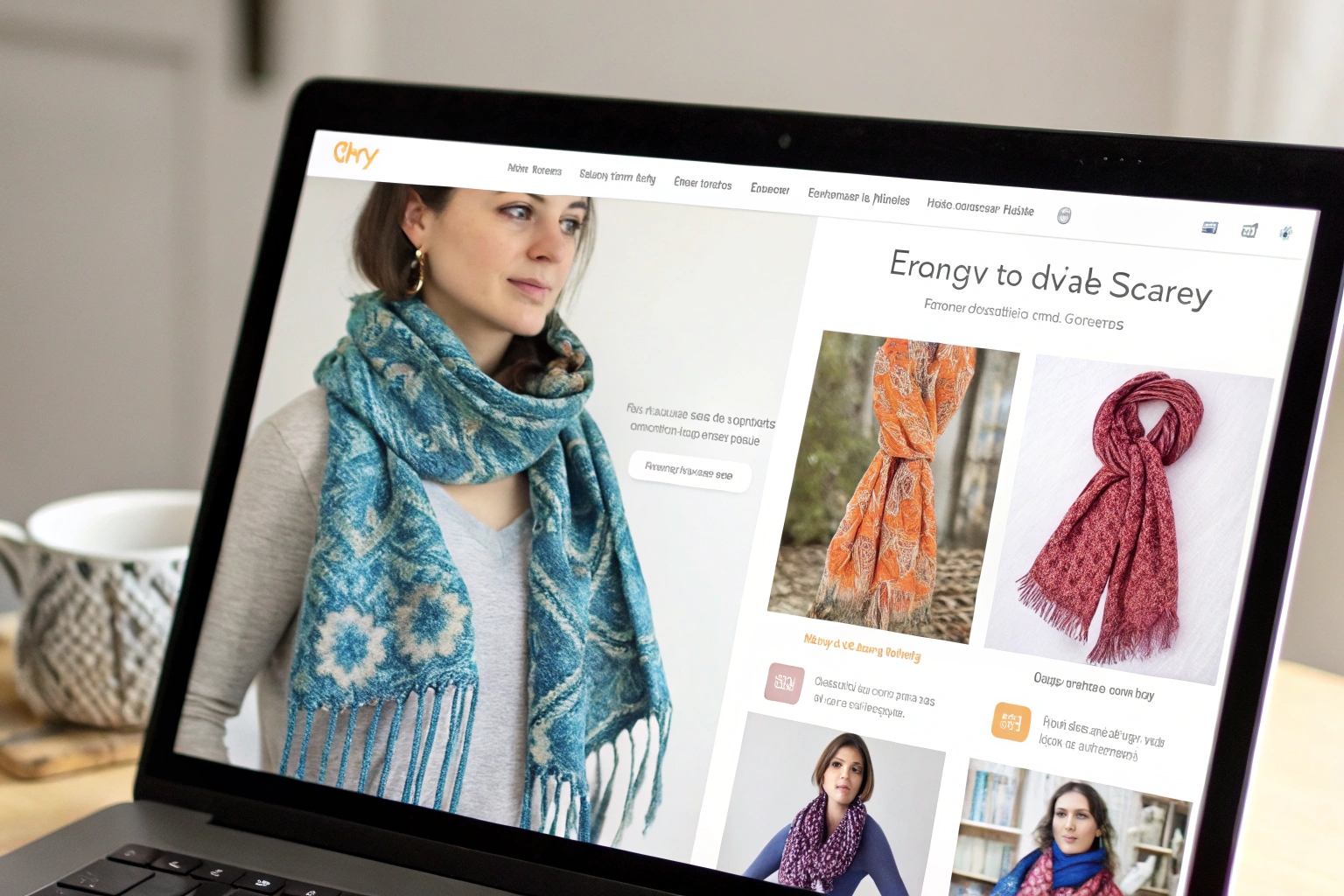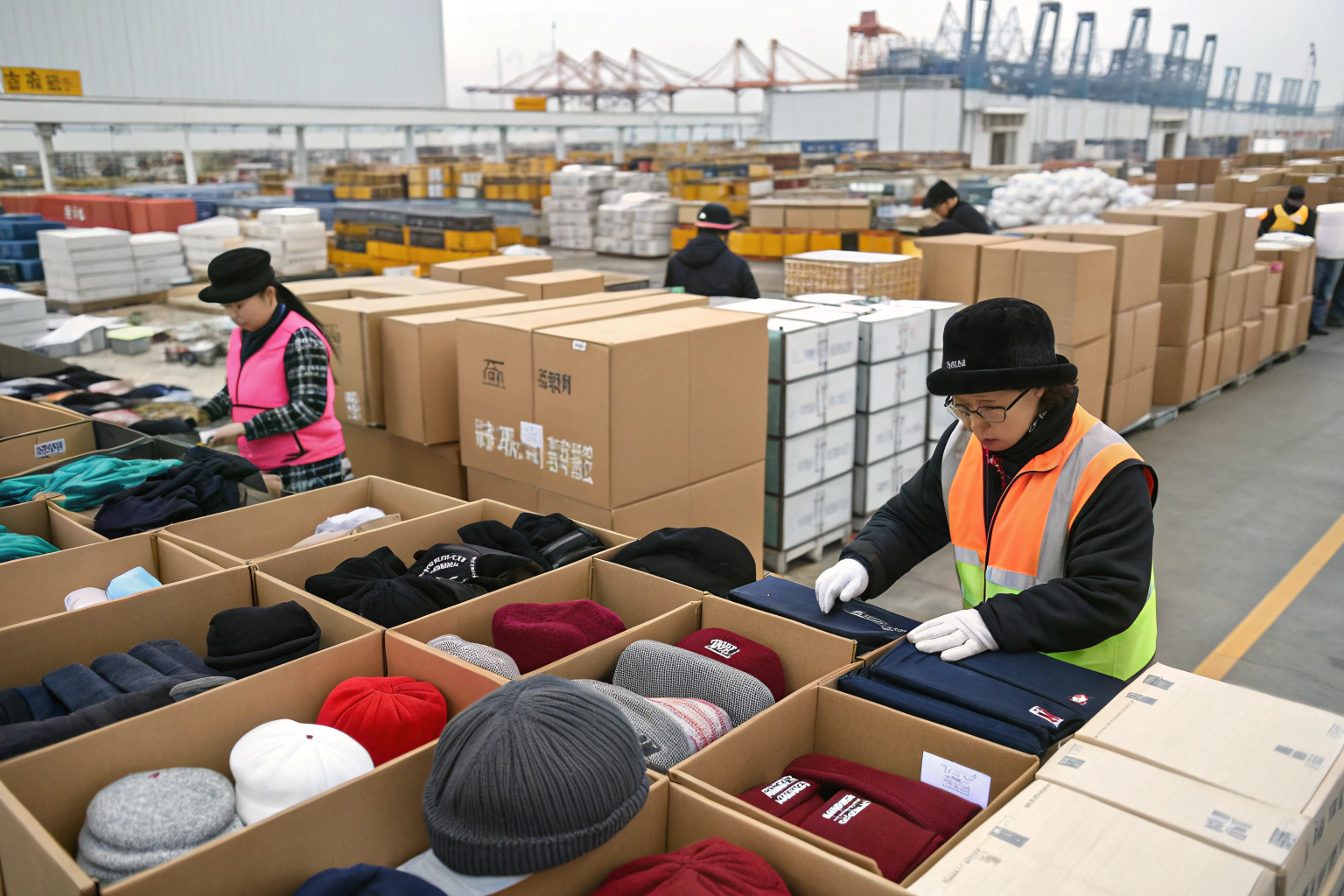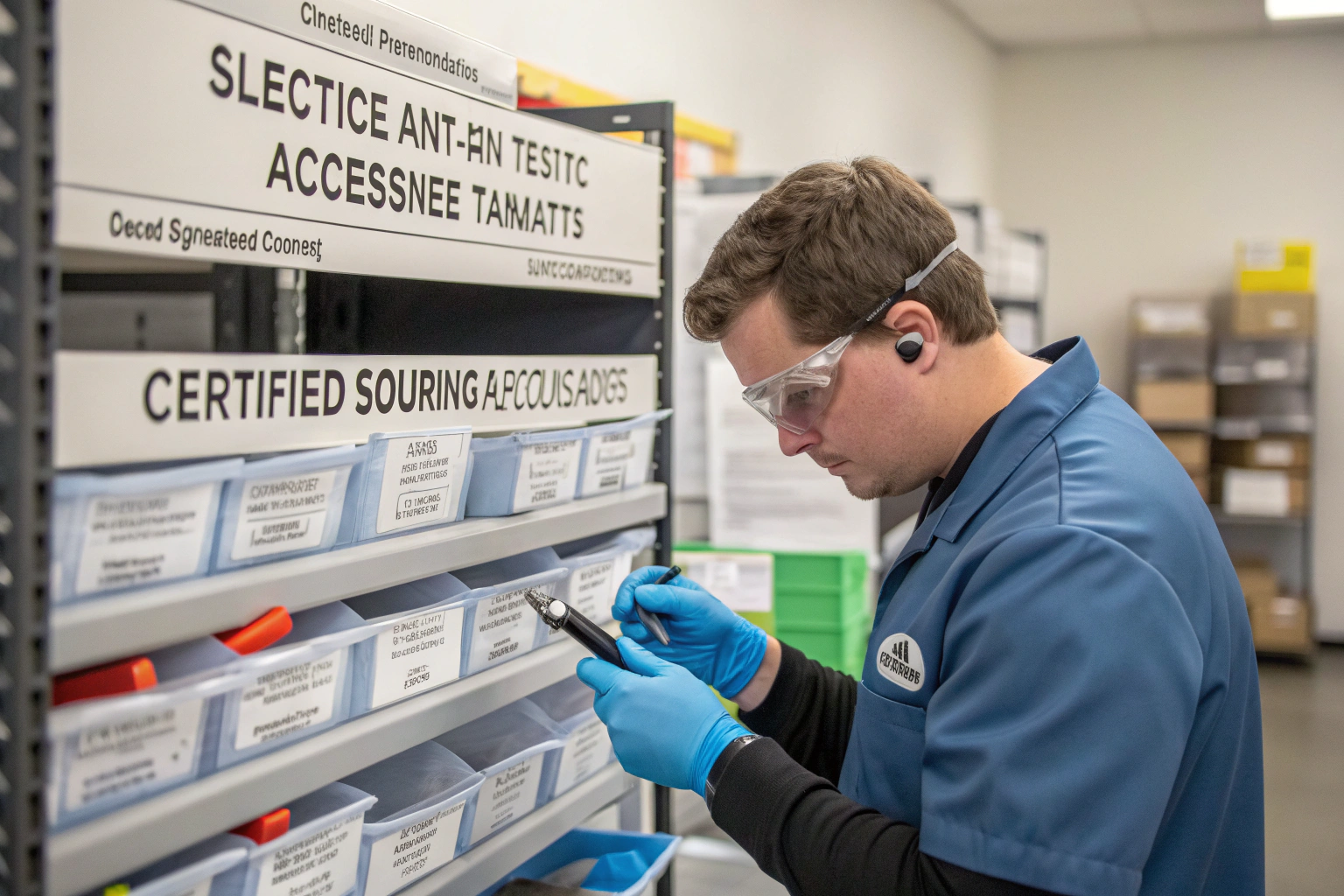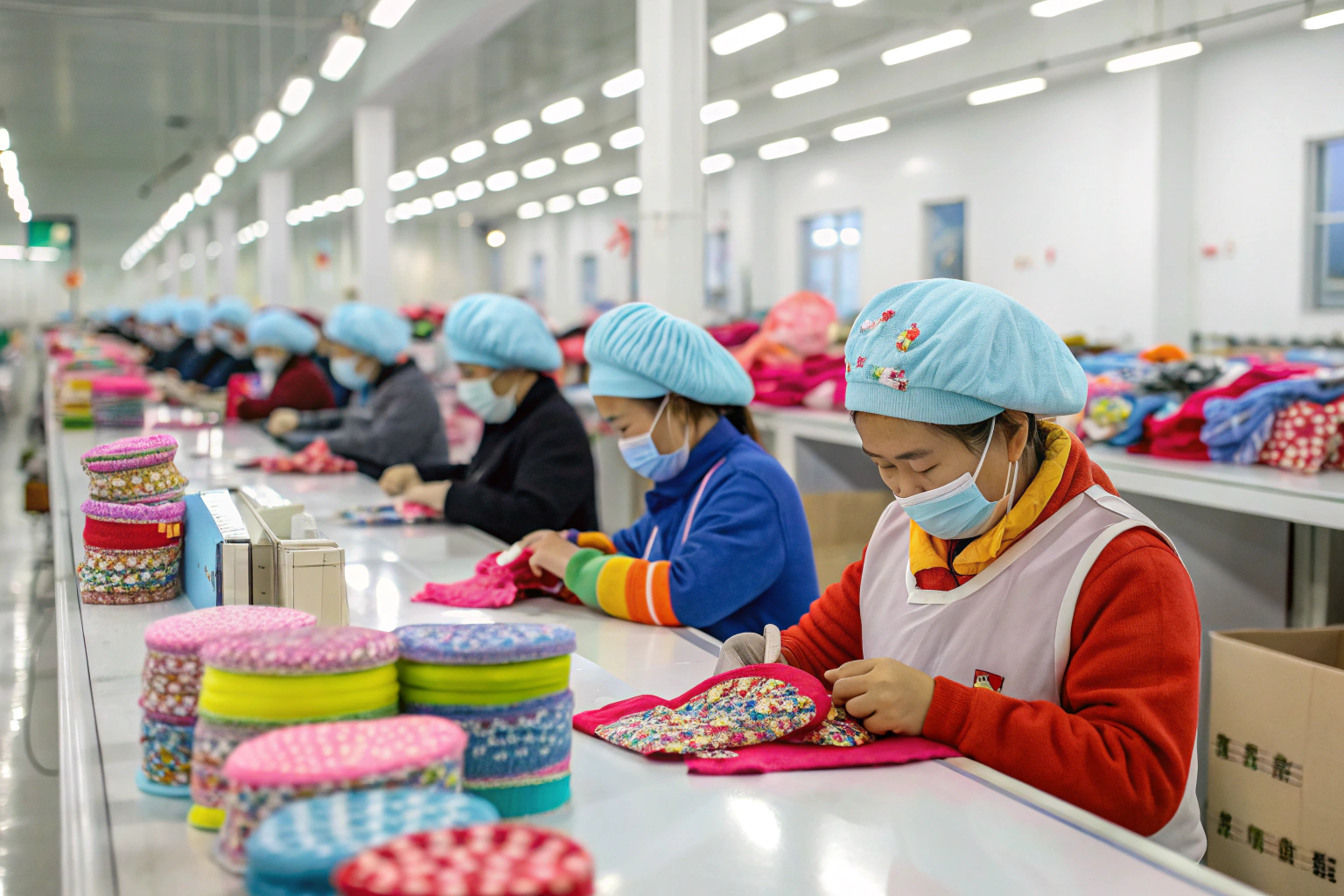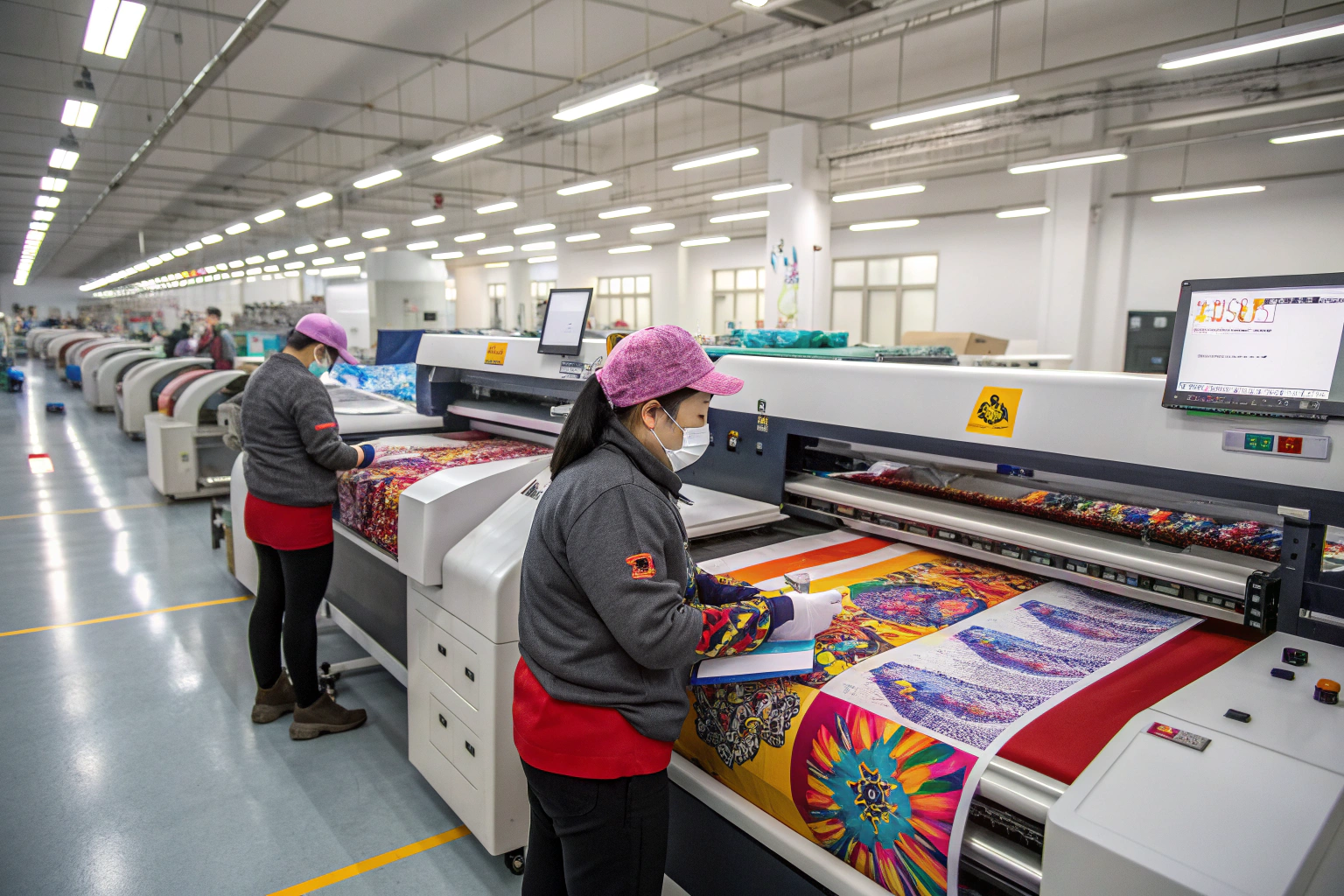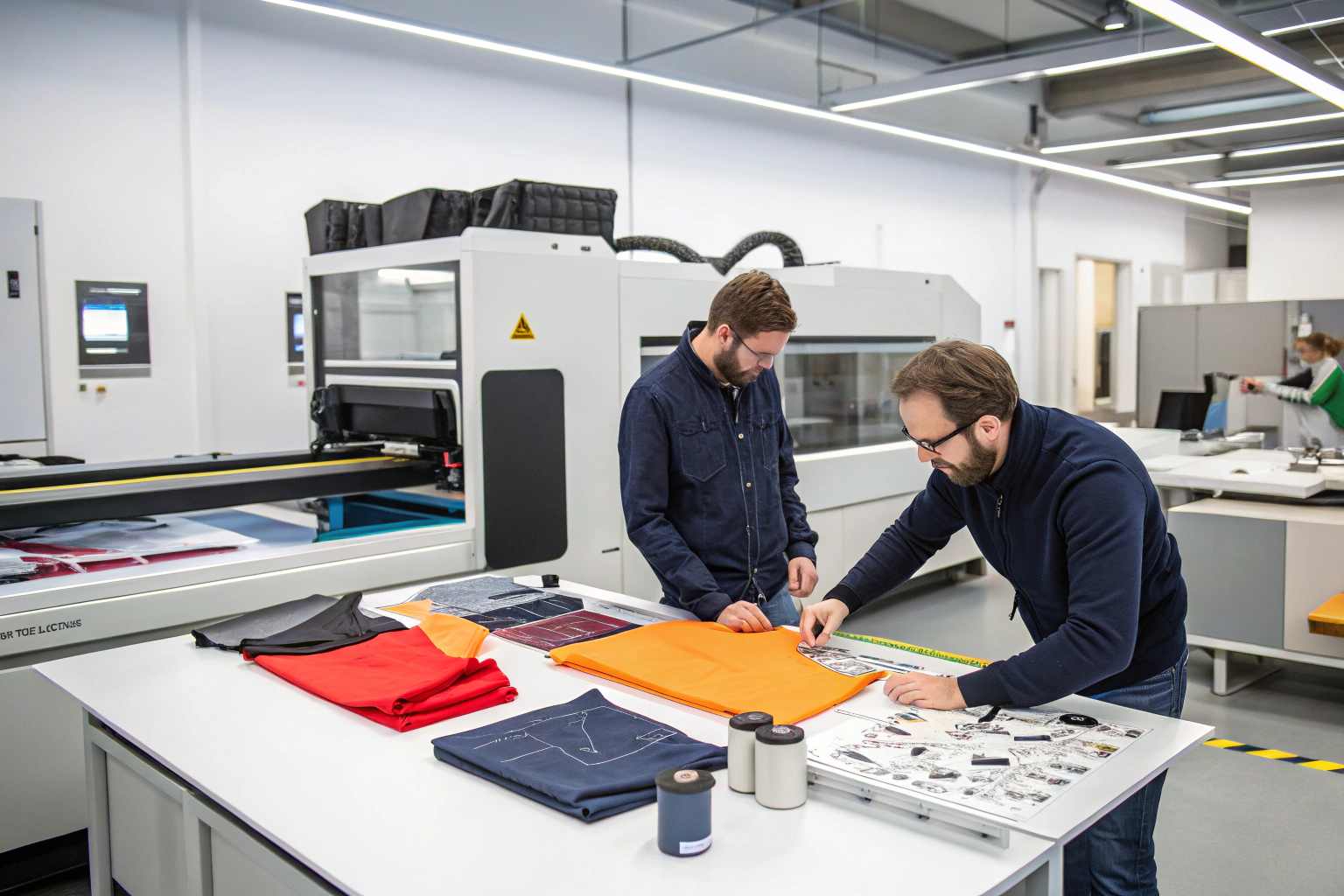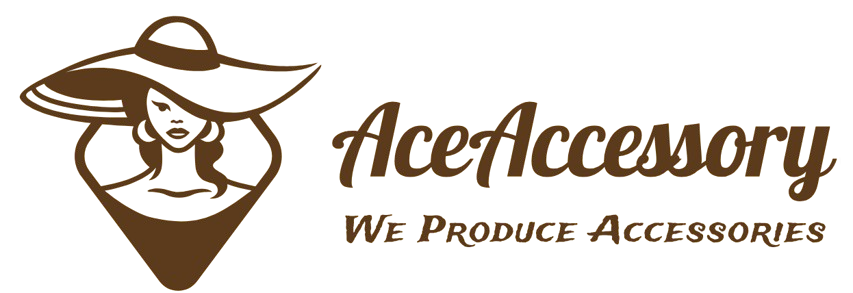I still remember launching my first scarf collection—I had high hopes, beautiful designs, and no clue where to sell them. After testing several platforms, refining my pricing, and experimenting with marketing, I finally figured out what works best for both handmade and bulk scarf sales.
You can sell scarves online through platforms like Etsy, Amazon, Shopify, Faire, and social commerce channels. Choosing the right place depends on your product type (handmade or bulk), audience, and how much control you want over branding and margins.
Here’s a complete guide to help you choose the right sales channel, price your scarves for profit, build brand visibility, and reach the right buyers.
Best Platforms to Sell Scarves Online?
Not every platform fits every scarf business. Whether you're an independent maker or a wholesaler, you need to know which platforms support your goals.
The best platforms to sell scarves online include Etsy, Amazon Handmade, Shopify, Faire, and social platforms like Instagram or TikTok Shop. Each suits a different type of product, audience, and pricing strategy.

Overview of Top Platforms:
| Platform | Best For | Key Benefits |
|---|---|---|
| Etsy | Handmade, vintage, or printed scarves | Global reach, artistic buyer base |
| Amazon Handmade | High-volume handmade sales | Brand trust, huge audience |
| Shopify | Custom/private label brands | Full branding control, SEO potential |
| Faire / Abound | Wholesale scarf orders | Boutique buyer access, B2B growth |
| Instagram Shop | Trendy or influencer-led brands | Strong visuals, impulse buys |
| eBay | Vintage scarves or closeouts | International reach, auctions & bulk |
Platform Selection Tips:
- Handmade or small-batch = Etsy + Amazon Handmade
- Private label brand = Shopify + Instagram Shop
- Wholesale scarves = Faire, Abound, or Alibaba
Start where your target customers shop and expand once your logistics can scale.
How to Price Scarves for Maximum Profit?
Pricing scarves isn’t just about covering your costs—it’s about creating margin, communicating value, and staying competitive. I’ve tested various price points across multiple markets and here’s what worked.
To price scarves profitably, calculate your total cost of goods (material, labor, packaging, shipping, platform fees), then multiply by 2.5–3.5x for retail pricing. Wholesale prices are usually 50% of retail.
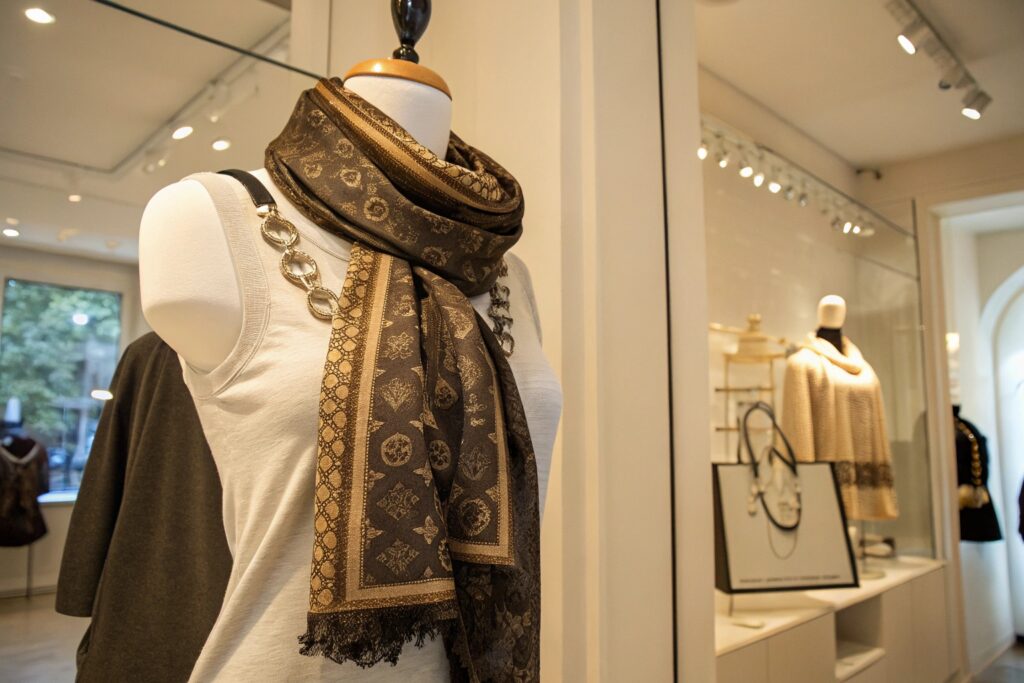
Example Pricing Breakdown:
| Item | Cost (USD) |
|---|---|
| Fabric & Dyeing | $3.50 |
| Labor / Hemming | $2.00 |
| Packaging | $1.00 |
| Platform Fees (Etsy 10%) | $1.20 (on $12 price) |
| Shipping (Domestic Avg) | $4.00 |
| Total Cost | $11.70 |
| Retail Price (x2.5) | $29.25 |
Tips for Profitable Pricing:
- Offer bundle discounts (buy 2, get 10% off)
- Create seasonal collections to increase perceived value
- Factor in returns, remakes, and packaging upgrades
- Use tiered pricing: silk scarves vs. cotton scarves
I always add a buffer of 10–15% for profit protection.
Top Marketing Strategies for Scarves
Even the best scarf won’t sell without visibility. I tried running ads at first, but what really worked was showing how the scarf looked when styled. Marketing scarves is about visuals, stories, and seasonal relevance.
Top strategies include creating “how to wear” video content, running influencer collaborations, optimizing product SEO, and offering seasonal campaigns like “Mother’s Day Gift Scarves” or “Winter Shawl Drops.”
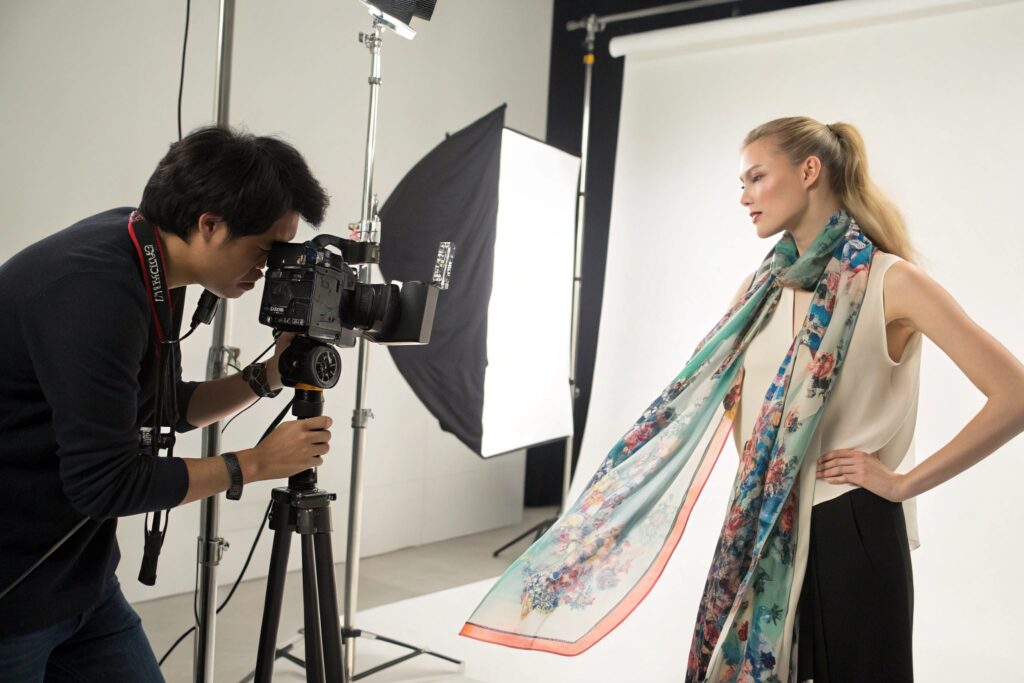
Proven Scarf Marketing Tactics:
| Strategy | Why It Works |
|---|---|
| Instagram Reels & TikTok | Visual, relatable content |
| Pinterest Pins | High search traffic, long shelf life |
| Email Campaigns | Great for seasonal promotions |
| Google Shopping Ads | Converts for specific queries |
| SEO Blog Posts | Drive organic traffic (e.g. “how to wear silk scarves”) |
Best Content Ideas:
- “5 Ways to Style a Square Silk Scarf”
- “Why Our Scarves Make the Best Gifts”
- “Behind the Design: Our Hand-Dyed Process”
Marketing scarves is about lifestyle storytelling, not just product photos.
Where to Sell Handmade vs. Bulk Scarves?
I started with handmade, then moved to offering bulk orders—and learned quickly that they’re two completely different businesses.
Sell handmade scarves on platforms like Etsy, Amazon Handmade, and at craft fairs. For bulk scarves, go to Shopify for DTC, Faire or Abound for wholesale, and Alibaba or 1688 if you’re exporting at scale.
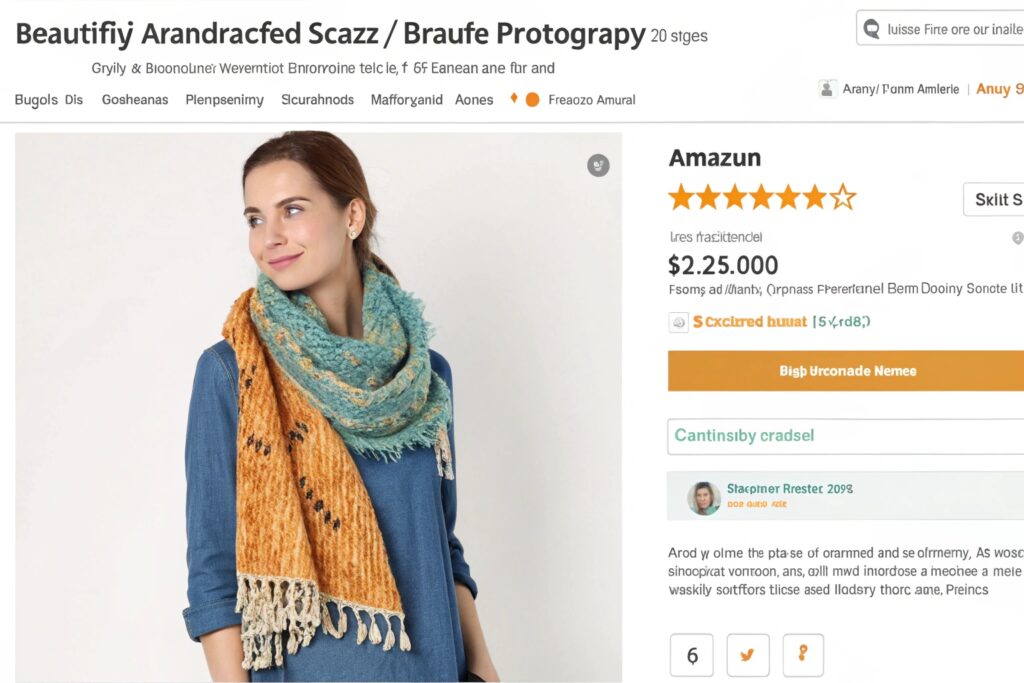
Where to Sell Handmade Scarves:
| Channel | Best For |
|---|---|
| Etsy | Artistic and crafted scarves |
| Craft Fairs | Community connection, no fees |
| Niche audiences + low overhead |
Where to Sell Bulk Scarves:
| Channel | Best For |
|---|---|
| Faire / Abound | Boutique wholesale buyers |
| Shopify | Custom DTC branding |
| Alibaba / 1688 | High-volume international B2B |
Fulfillment Tip:
- Handmade → use print-on-demand or ship from home
- Bulk → work with 3PL or source ready-to-ship stock
Matching your channel to your production type helps reduce customer service problems and boosts return customers.
Conclusion
Selling scarves online isn’t just about uploading pretty pictures—it’s about choosing the right platform, pricing strategically, and marketing with creativity. Whether you’re crafting by hand or scaling a wholesale scarf brand, the right foundation can turn simple fabric into a strong, profitable business.

